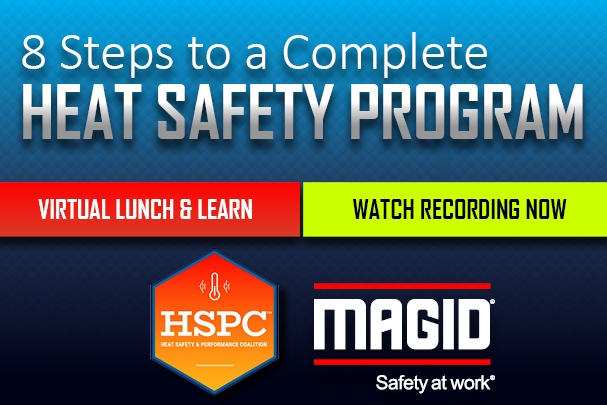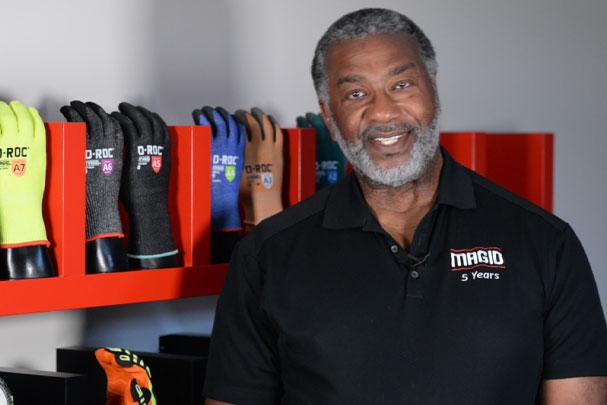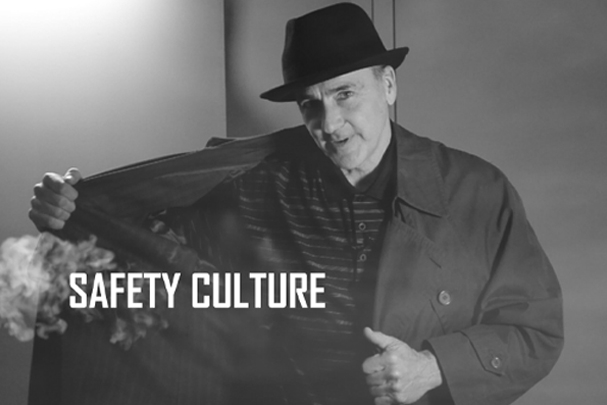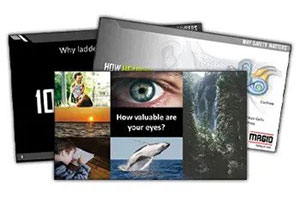
Don’t Ask Carl Heinlein About Safety Culture

We caught up with Carl Heinlein, the newest ASSE board member, at a recent tradeshow to talk about the current environment in safety. His philosophy might surprise you!
 How long have you been in safety and what do you do?
How long have you been in safety and what do you do?
I have been in safety for over 25 years in consulting, national associations, academia and now the risk management insurance side. I am currently working for a captive insurance company. We’re owned by 40 construction companies around the country and my primary role is a senior safety consultant. I deal with workers comp, general liability insurance and auto liability insurance.
 We’ve interviewed a lot of safety managers and they say worker compensation issues are some of the most difficult problems because they have to walk a fine line between protecting their workers and doing their due diligence to ensure claims are valid. Any tips?
We’ve interviewed a lot of safety managers and they say worker compensation issues are some of the most difficult problems because they have to walk a fine line between protecting their workers and doing their due diligence to ensure claims are valid. Any tips?
Well, I’m actually going to back up even further. I think within our view in the safety world, we’re very siloed. We’re great professionals when it comes to compliance and worker’s comp, but we need to do a better job of thinking about how we stop an injury before it even starts. How do we pre-plan? How do we work with operations? How do we work with engineering to make sure that instead of climbing a ladder, we’re putting a stair tower in? So our industry needs to continue to focus forward before the activity actually happens.
 So specifically to worker’s comp, what can we do better?
So specifically to worker’s comp, what can we do better?
You know, we’re in an industry where we have to balance a lot of things, but it’s all about the people. We want to make sure that if someone is injured, regardless of if we trust them or not, we want to make sure that they come back to our project, if they can, as whole as possible. We also want to investigate it so that it doesn’t happen to someone else. If a safety manager is all about compliance – they are missing the fact that we are also in the people business. We need to do more out front, understand the personal aspect of it and get away from the blame game. By changing your approach, worker’s comp won’t feel like such a “problem.”
The injured worker has an important part of the solution of these issues. They could have felt pressure from a supervisor to do a job quickly, or maybe they didn’t know how to do an operation but were afraid to ask. When we do our investigations it can’t just be, “well it’s the employee’s fault.” No. Let’s look at the process. We need to do a full root-cause analysis.
 How do you strike that balance between being the enforcer and being their friend?
How do you strike that balance between being the enforcer and being their friend?
It’s really the soft skills. I think most of the safety managers do a really great job on the compliance level – the OSHA, the DOT, the EPA –it’s those soft skills that we need to continually take a look at. That’s not necessarily being friends with everyone, but it’s about how you communicate with someone. How do you help someone understand what they did wrong, but coach them up? We need to become better coaches and mentors because in my industry (construction) there are a lot of new people coming in – and many have never worked in the industry. We also have a very heavy bi-lingual influence in our industry. Also, many in our workforce may not have a high level of education. So we need to make sure we are communicating our safety practices and procedures in a way that is easy for everyone to understand. An example of how to do this may be by color-coding the work zone or using graphics to communicate important messages.
One of the greatest safety success stories in recent history is the London Olympics. They built the London Olympics and they had hundreds of different cultures and languages blended together and didn’t have one fatality. So it’s important to give one another respect and make sure they truly understand the safety precautions — not just giving them handouts, but involving them.







